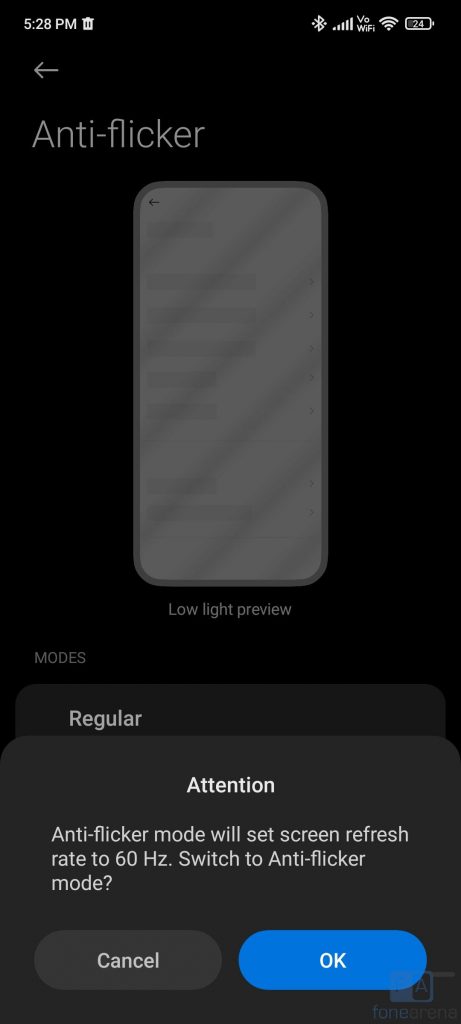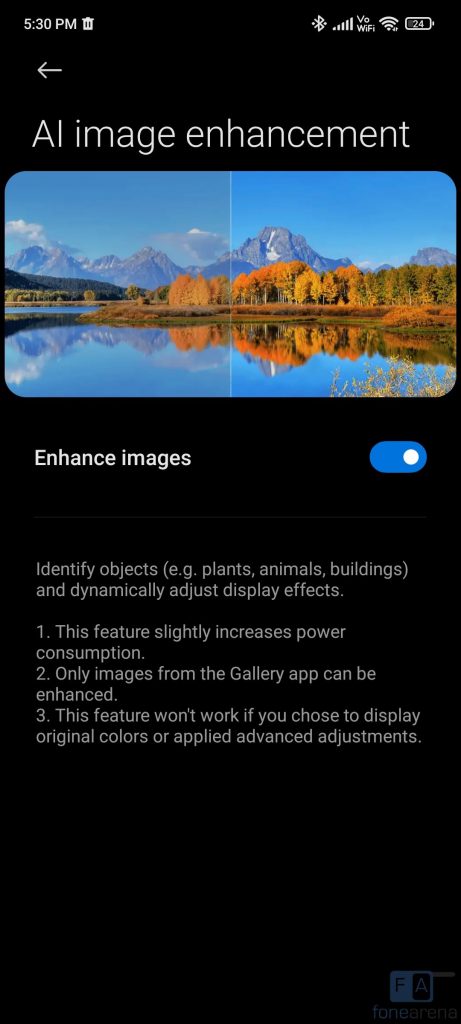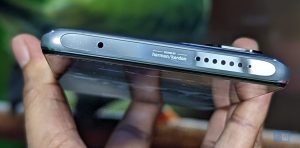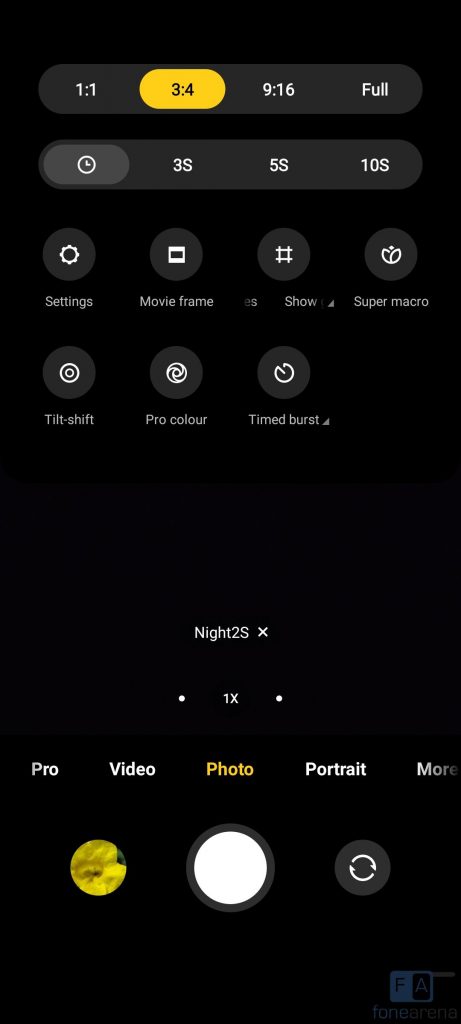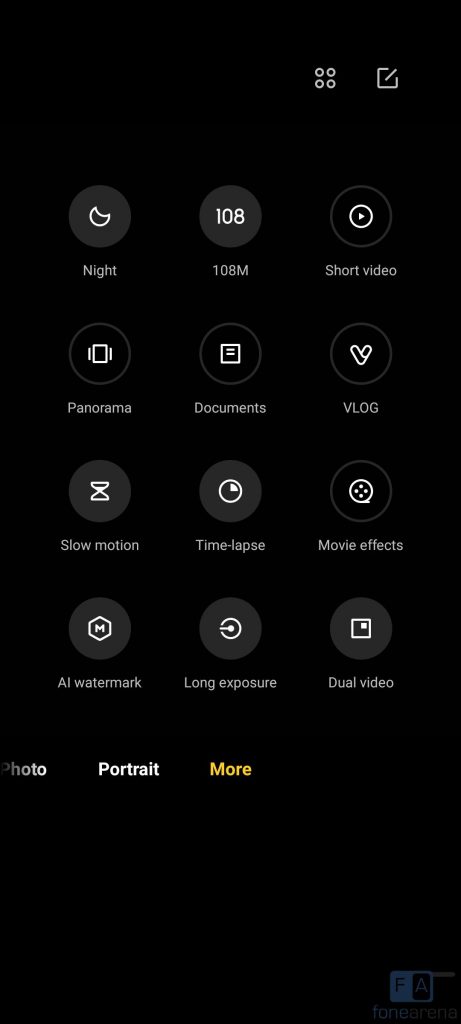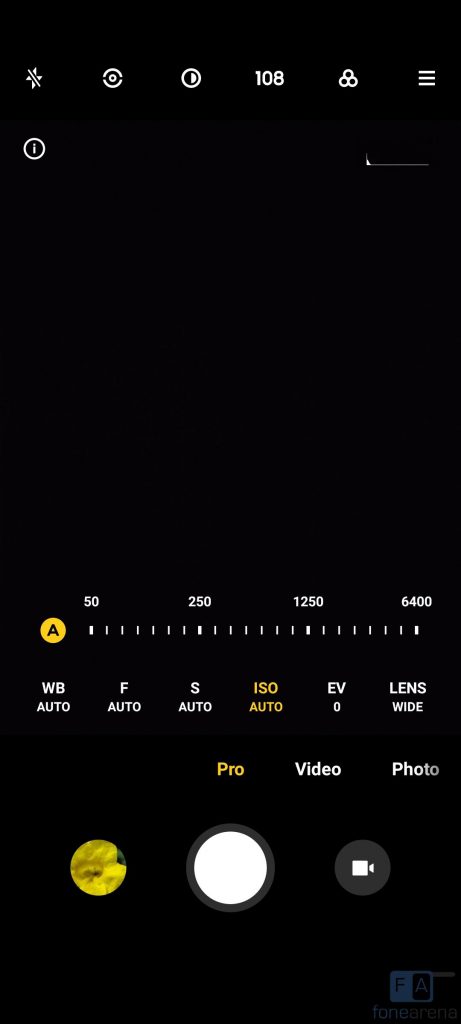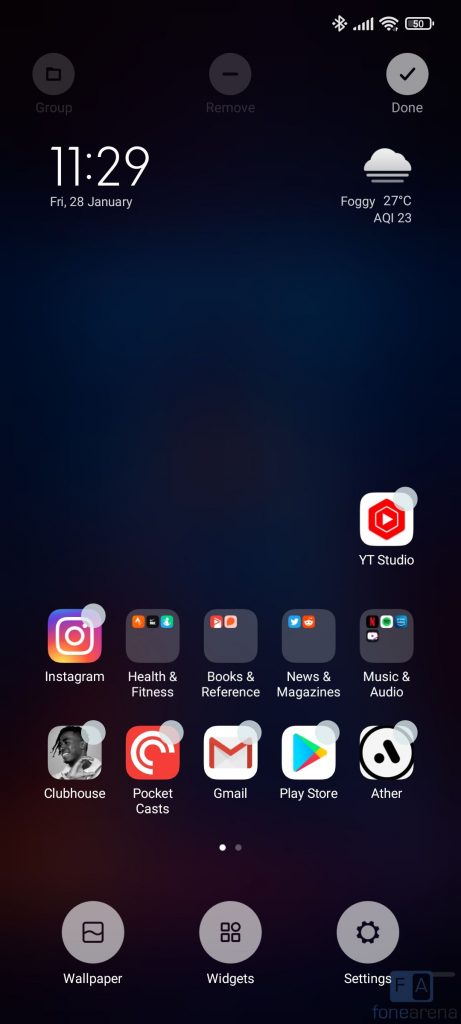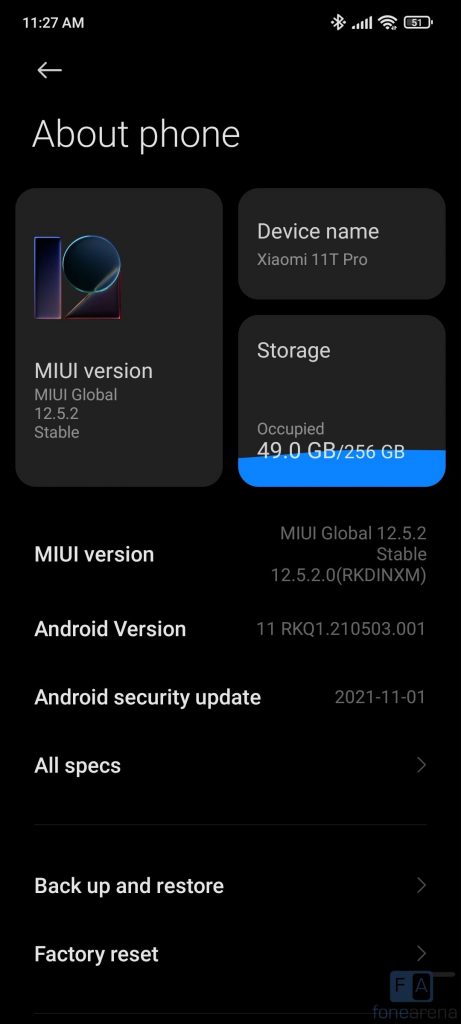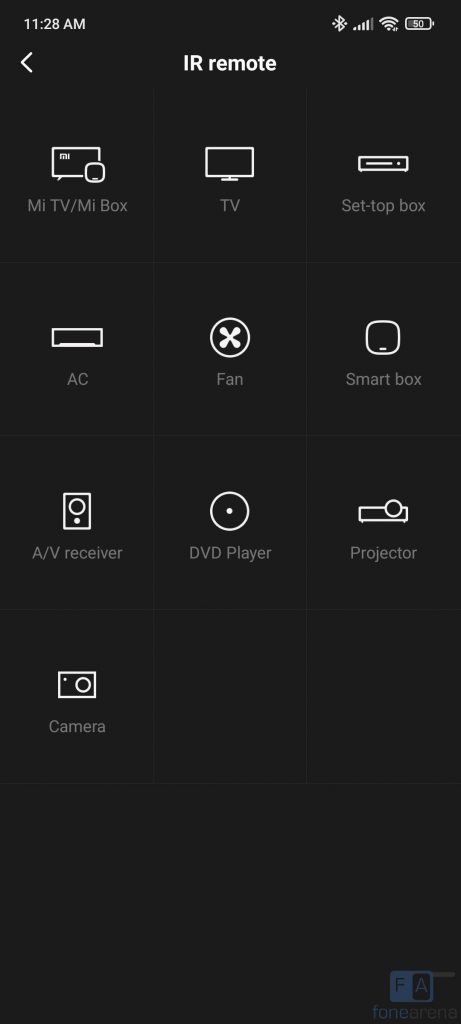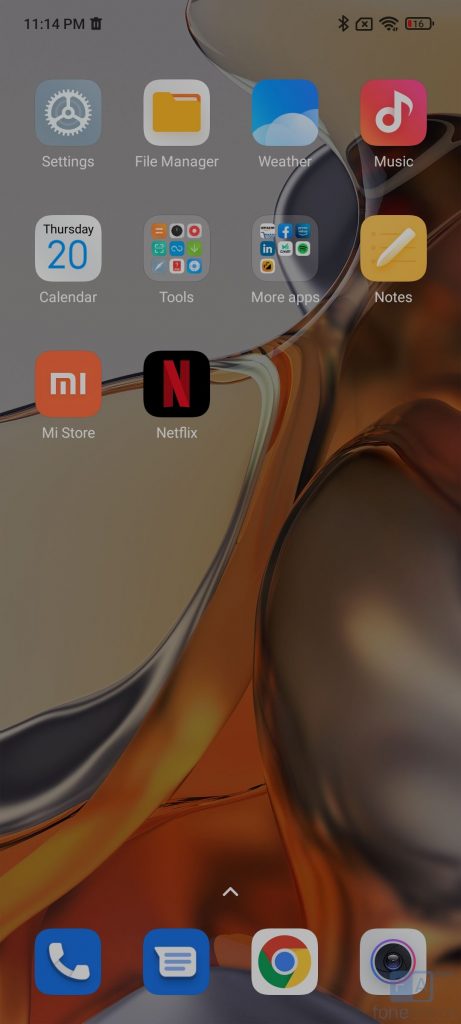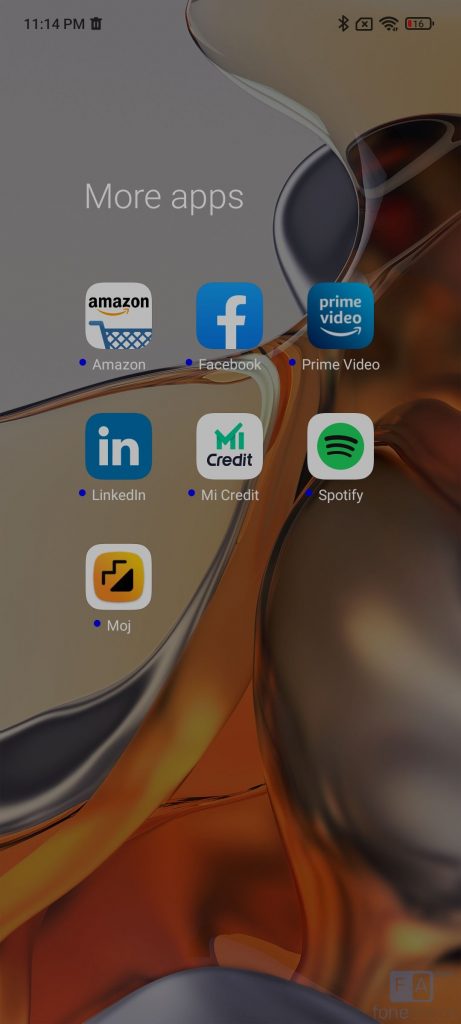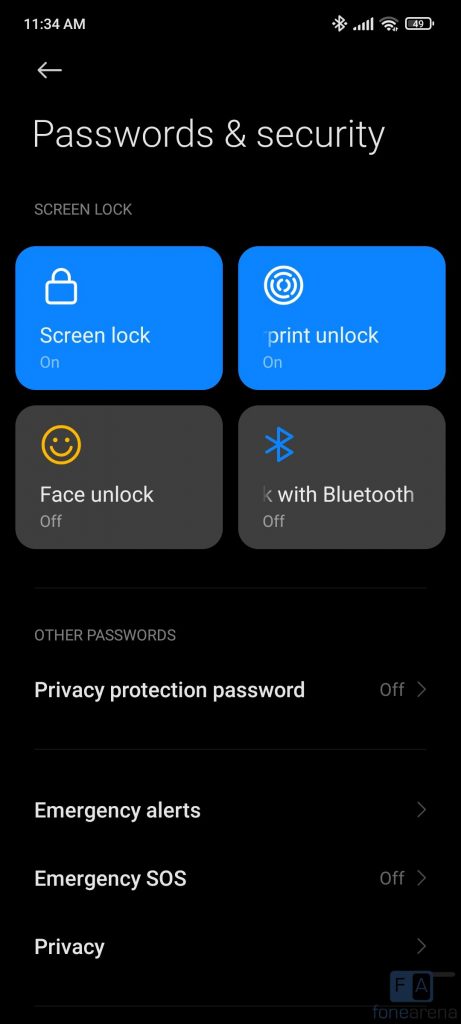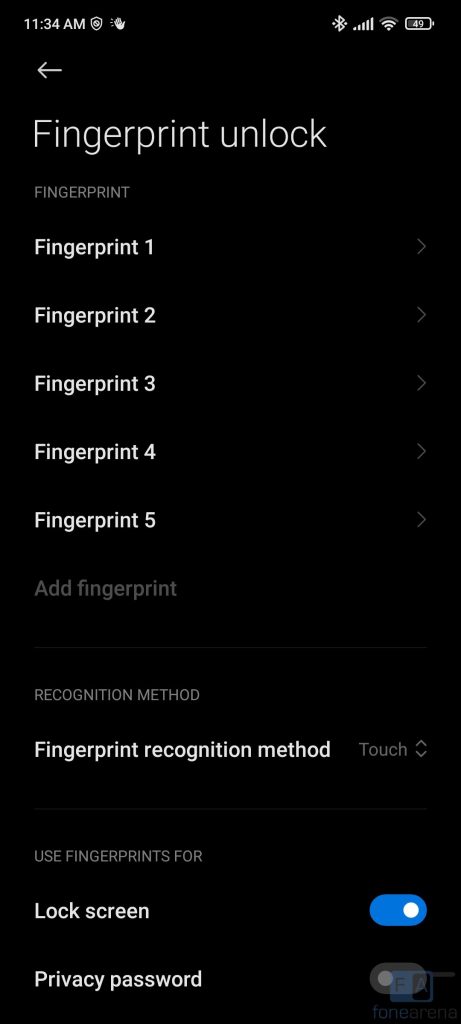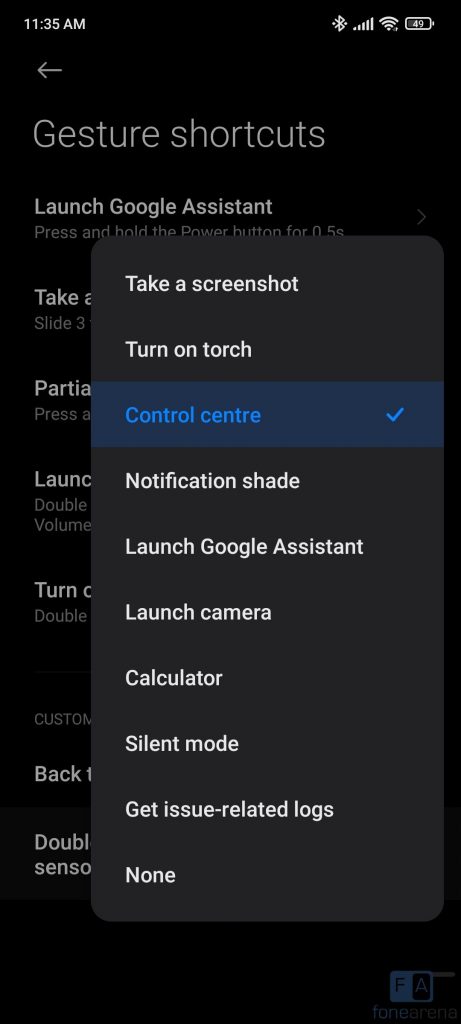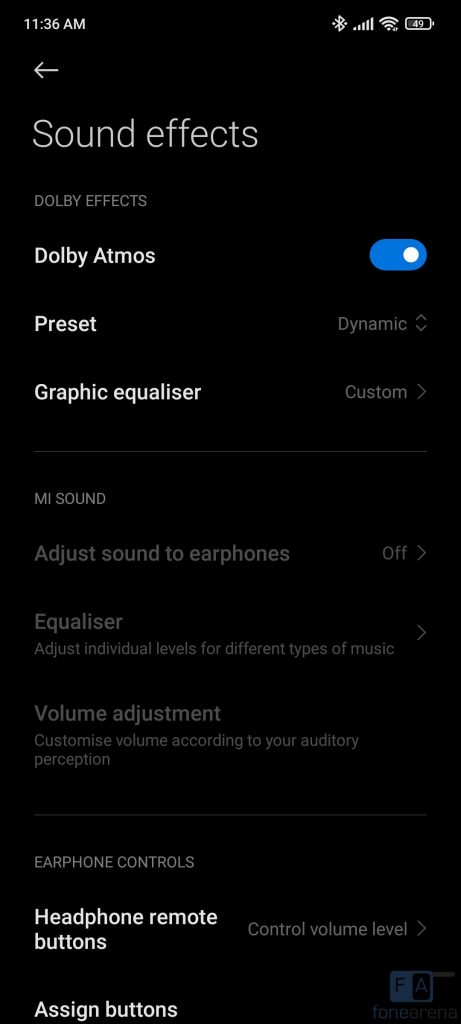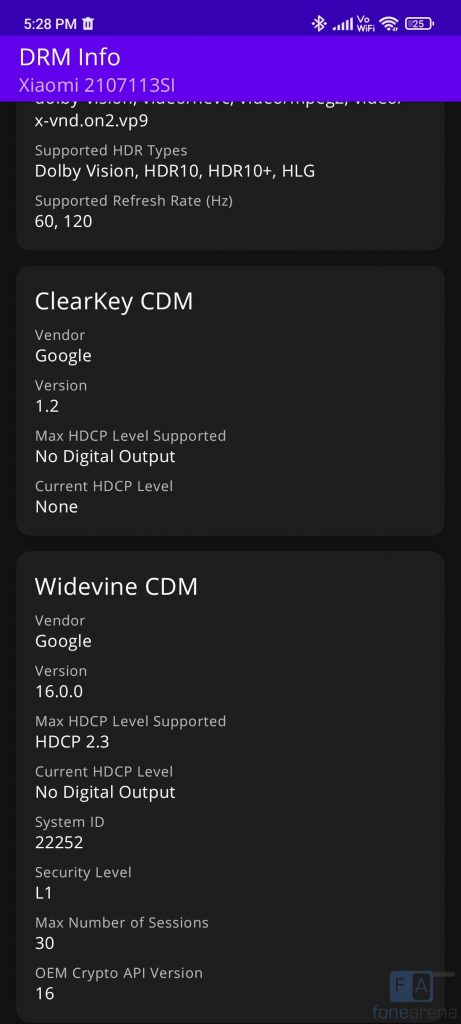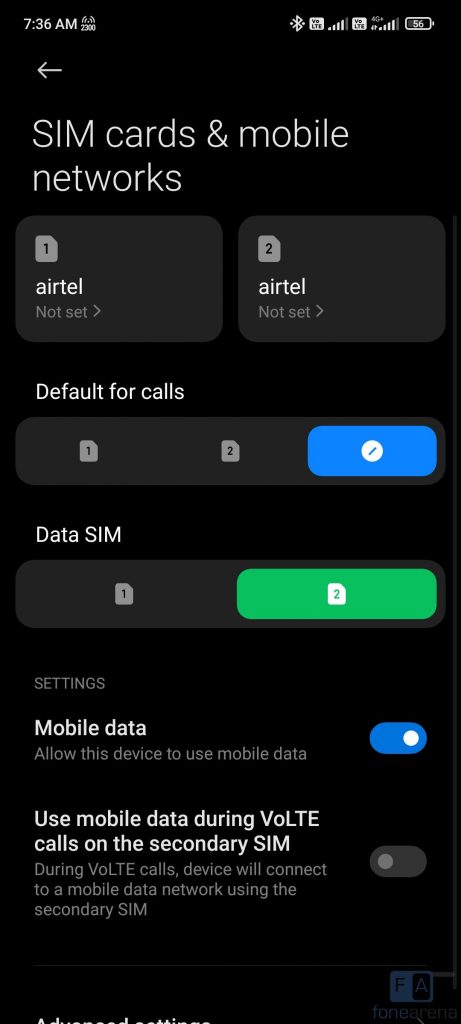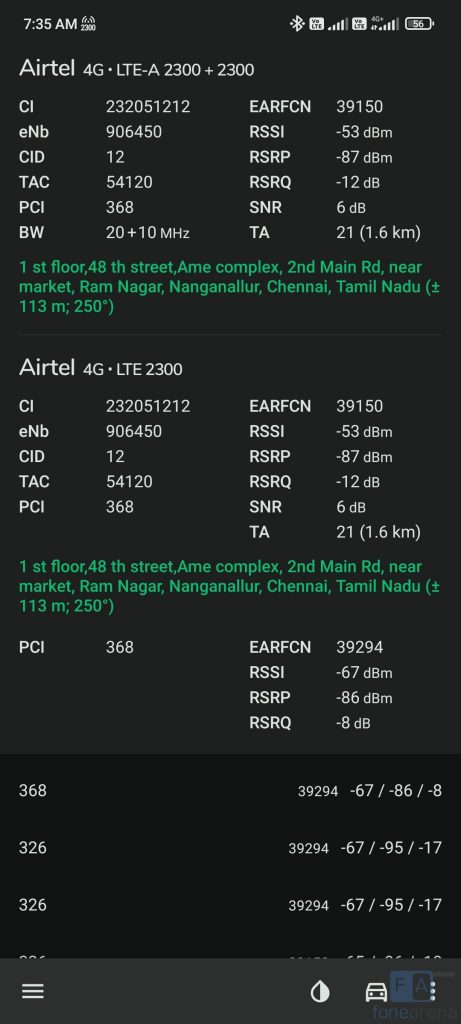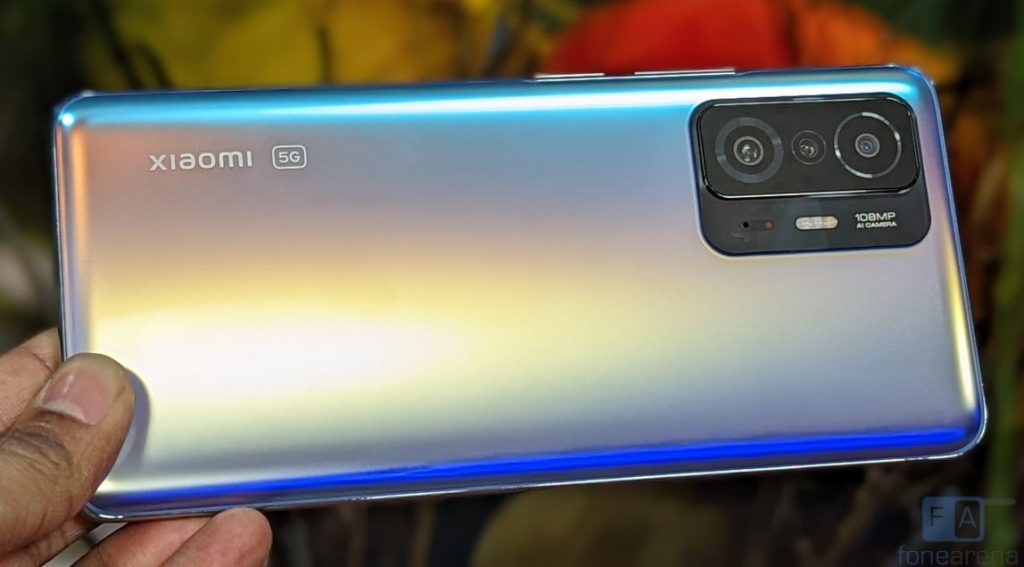
Xiaomi launched the Xiaomi 11T Pro series, the company’s latest top-end 5G smartphone, in India earlier month as the successor to last year’s Xiaomi 10T Pro. It was launched in Europe along with the Xiaomi 11T last year. Compared to the Xiaomi 10T Pro, this brings a 120Hz AMOLED screen, faster processor, and 120W fast charging. Is the phone worth the price of Rs. 39,999? Let us dive into the review to find out.
Box Contents
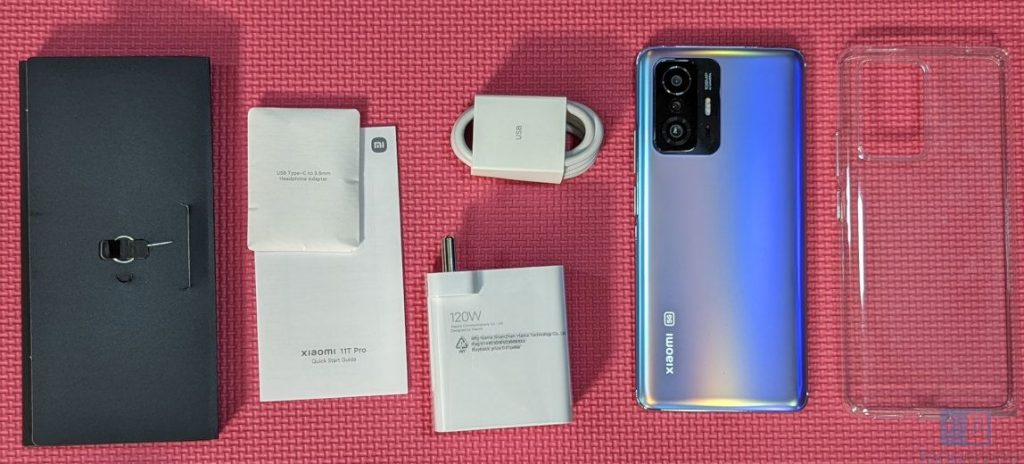
- Xiaomi 11T Pro 12GB + 256GB in Celestial Magic colour
- 120W fast charger (5V-3A/9V-3A 11V-6A Max/17V-6A Max/20V-6A)
- 6A USB Type-C Cable
- SIM Ejector tool
- USB Type-C to 3.5mm converter
- Clear protective case
- Screen protector (Pre-installed)
- User guide
Display, Hardware and Design
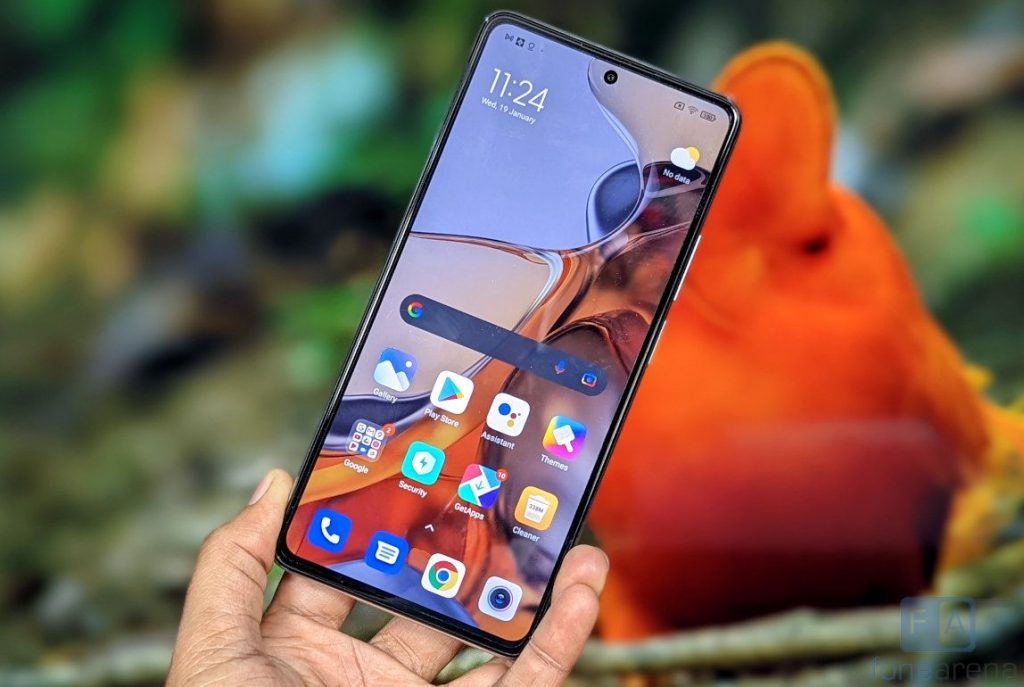
Starting with the display, the Xiaomi 11T Pro has a 6.67-inch Full HD+ 10-bit AMOLED AdaptiveSync display with a pixel resolution of 2400 × 1080 pixels, 20:9 aspect ratio 2.5D curved glass screen and a pixel density of about 395 PPI. The display is bright, thanks to 800 nits (typical), 1000 nits in high brightness mode, which is enabled when you are watching HDR content. It supports DCI-P3 wide colour gamut, so the colours are vibrant.
It has 120Hz display refresh rate and 480Hz touch sampling rate, which when enabled offers a buttery smooth user experience, especially when you are scrolling through the UI and when gaming. Since this has adaptive refresh rate, it can automatically switch to lower resolution depending on the content you are watching. It also has HDR 10+ support which works for YouTube and also has Dolby Vision which works for Netflix. The phone comes with Corning Gorilla Glass Victus protection.
Under the display options, there are different options to adjust colours and contrast based on your preference. There is also a reading mode that lets you reduce the display’s blue light emission, so it doesn’t cause eye strain when you are reading at night, but this will be disabled when you play HDR videos. There is Dark mode, similar to other MIUI phones. You also get an option to enable dark mode to apps that are installed, but it doesn’t look good on most apps. It also has DC Dimming or Anti-flicker mode, but it only works in 60Hz. It also has Super resolution for upscaling, AI image enhancement, AI HDR enhancement and MEMC.
The phone has an always-on-display option, which can be enabled from display settings. This doesn’t consume a lot of power since this is an AMOLED screen, but the company says that it increases the power consumption, so it turns off automatically when the phone stays dark for a long time or battery saver restrictions are applied.
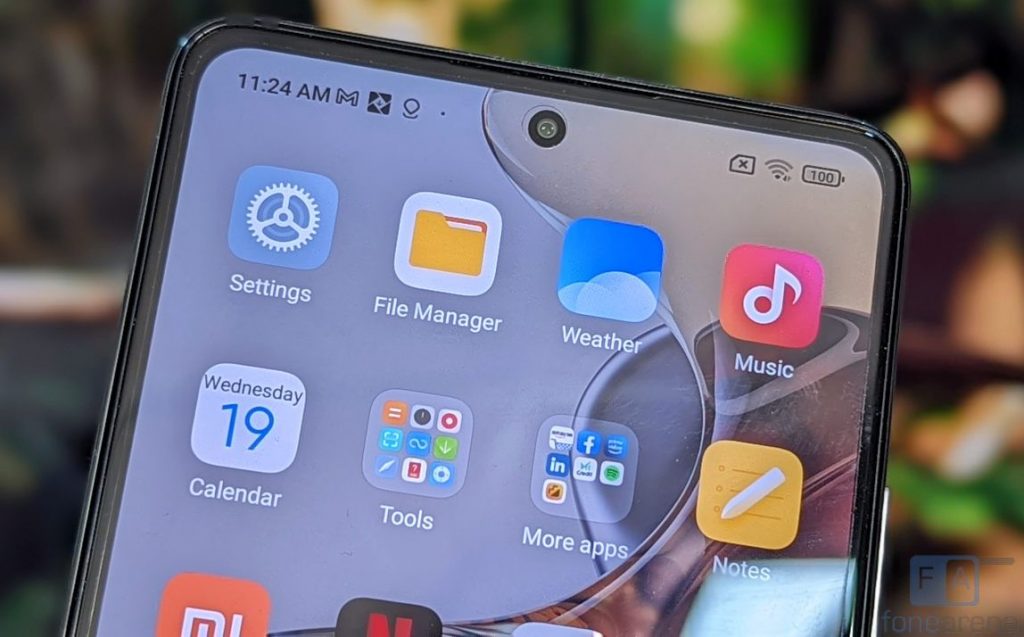
The phone has a tiny punch-hole that houses a 16-megapixel camera, which doesn’t disturb when watching videos since it just occupies a small space. Above the display there is an earpiece on the top edge which also doubles up as a secondary speaker. The phone also has the usual set of proximity and ambient light sensors, as well as a gyroscope and a magnetic sensor, otherwise known as a magnetometer.
Coming to the button placements, the volume rockers and the power button that integrates the fingerprint sensor are present on the right side of the phone. On the top there is a vent for speaker, secondary microphone and an infrared sensor. The dual SIM slot, loudspeaker grill, primary microphone and USB Type-C port are present on the bottom. You don’t see any antenna cutouts since it has an aluminum base with a thick paint. The phone features an X-axis linear vibration motor, which enables custom vibration patterns across the UI for the best haptic experience.
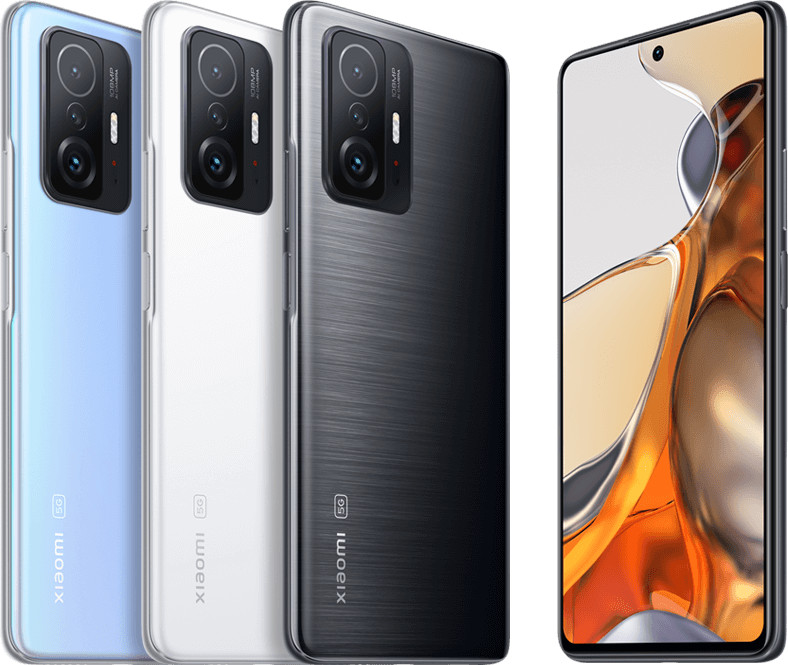
Even though the phone has a large screen, it is easy to hold since it is 76.9 wide. It is also 8.8mm thick and weighs 204 grams since it packs a huge 5,000mAh battery with support for 120W fast charging.
We have the Celestial Magic colour, but the phone also comes in Meteorite Black and Moonlight White colours with an anti-glare matte finish that doesn’t attract fingerprints, except for the Meteorite Black that has a metal-like finish. Xiaomi says that it uses hardened glass, but it doesn’t have Corning Gorilla Glass protection on the back. The phone also has IP53 ratings, which is a good addition.
Camera
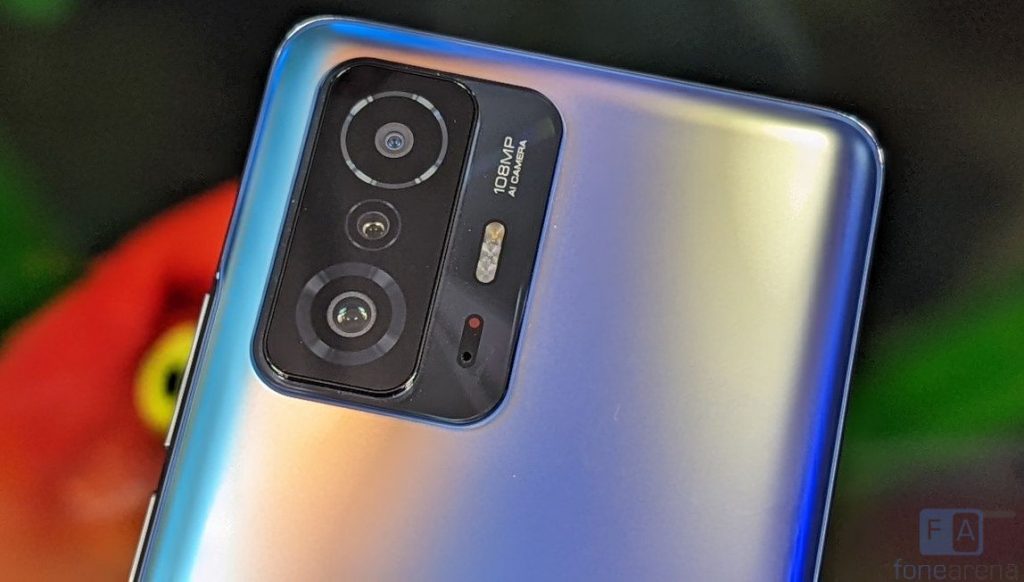
- 108MP primary rear camera with Samsung ISOCELL HM2 sensor, f/1.89 aperture, Dual Native ISO, EIS
- 8MP Ultra-wide camera with Sony IMX355 sensor, f/2.2 aperture
- 5MP 2cm-7cm telemacro camera with Samsung S5K5E9 sensor, f/2.4 aperture
- 16MP front camera with OmniVision OV16A1 sensor, f/2.45 aperture
The camera UI is familiar with other Xiaomi smartphones running MIUI 12. You get all the features such as Pro, Night, 108MP, Short Video, Panorama, Documents, VLOG, Slow motion, Time-lapse, Dual video, AI watermark, Long exposure and Pro mode lets you adjust white balance, focus, shutter speed (1/4000s to 30 seconds), ISO (50 to 6400) and option to select main, ultra-wide and macro lens. You can also shoot in RAW in Pro mode and enable focus peaking, exposure verification and more options. There is ‘movie frame’ mode works both rear camera front cameras and for video, but there is no separate portrait video mode. Xiaomi has enabled Cam2API by default, so you can side-load ported Google Camera APKs for advanced editing, including RAW capture.
Coming to the image quality, daylight shots came out well with good dynamic range. After nine-pixel binning technology, you get 12MP output. HDR shots are better with improved dynamic range. 8MP wide-angle shots are decent, but the the company could have added 13MP ultra-wide camera considering the price. 108MP mode that offers a lot of details and can go up to 25MB in size. Even though there is no telephoto lens, it uses the software for offering up to 10x digital zoom. This is like taking an image and cropping up later. Even in the 2x zoom, images start to lose details, so it is not recommended going beyond 2x if you don’t want to lose details. The dedicated 5MP telemacro sensor is useful compared to the normal5MP or 2MP macro camera since it shoots in 2x by default, but you can also zoom it by 1x further. Edge detection in decent portrait shots, even thought it lacks a dedicated portrait camera.
Low-light shots are good, thanks to 9-in-1 Super Pixel technology that lets the camera’s sensor hardware combine 4 pixels into a single 2.1μm large pixel, and the night mode is even better, making the images brighter offering more details. In pro mode it was even better. Images with flash are good, and the flash is not overpowering. Daylight front camera shots from the 16-megapixel front camera are decent, but not the best even in daylight conditions due to the tiny sensor. Output is 16MP in resolution, and the image size is around 5MB. Portrait shots have decent edge detection, even though it is done using software.
Check out the camera samples.
It can record videos at 8k resolution at 30 fps, 4K resolution at up to 60 fps, and it also has slow motion 1080p at up to 240 fps and also has 960fps option, but this should be 240 fps converted into 960fps. You can also shoot 1080p videos using the ultra-wide and the macro camera. Video quality was good, but the company could also have added OIS for a better stabilization in video and also in photos.
Software, UI and Apps
It runs Android 11 out of the box, with MIUI 12.5 Enhanced on top. It has November, 2021 Android security patch. MIUI 12.5 Enhanced lets you uninstall several system apps. The company said that it will get Android 12 and will be one of the first phones to get MIUI 13 update, but there is no exact date yet. Xiaomi has confirmed 3 Android OS updates and 4 years of security updates for the phone. This has all the usual set of features such as Gesture shortcut, one-handed mode, Quick Ball and there is also Second Space feature.
Since the phone has an infrared sensor for remote function, it comes with Mi Remote that lets you control your home appliances easily. Out of 12GB LPDDR5 RAM, you get 10.98GB of usable RAM, and about 7GB of RAM is free when default apps are running in the background. It also as up to 3GB of memory extension or virtual RAM, which you can disable from additional settings. Out of 256GB, you get about 224.18GB of free storage. It has UFS 3.1 storage, so we got sequential read speeds of about 1667.88 MB/s.
Apart from the usual set of utility apps, Google apps and Xiaomi’s own set of apps, it comes preloaded with Amazon Shopping, Facebook, Prime Video, LinkedIn, Spotify, Moj and Netflix apps. It also asks for additional app installation during setup, which you can skip. You can easily uninstall these apps, but these come up when you reset the phone. Even though there is personalized ads option during set up and recommendations in all the apps, you don’t get any ads in apps.
Fingerprint sensor and Face unlock
Even though it has an AMOLED screen, the phone has a fingerprint sensor on the ride side, embedded into the power button. It immediately unlocks the phone just by keeping your finger on the power button so that you don’t have to press it. This is more convenient compared to the rear-mounted fingerprint scanner, but the company could have provided an in-display fingerprint scanner considering the price. You can add up to 5 fingerprints. You can also use the fingerprint for app local and payments in apps.
There are also some gesture features in the power button that lets you double tap to perform actions such as take a screenshot, turn on torch, launch camera, enable silent mode, and more. The phone also has face unlock, but it is not as secure as fingerprint.
Music Player and Multimedia
The Mi Music Player is the default music player with usual Xiaomi audio effects and equalizer. It doesn’t have FM Radio. Audio through the speaker is loud since the phone has stereo speakers. The back of the phone doesn’t vibrate in high volume that was found in the POCO X3 and few other phones. Audio through earphones is good as well. There is Dolby Atmos, turning by SOUND BY Harman Kardon and Hi-Fi audio that enhances the audio performance.
It has Widevine L1 support, so you can play HD content on Netflix, Amazon Prime Video and other streaming apps without any issues. It also supports Dolby Vision in Netflix.
Dual SIM and Connectivity
It supports 5G, and has support for 13 (n1/3/5/7/8/20/28/38/40/41/66/77/78) 5G bands. It has 4G VoLTE for Reliance Jio, Airtel and other networks and support Dual 4G VoLTE that offers 4G in both the SIM cards at a time. The phone supports carrier aggregation as well. Other connectivity options include Dual-Band Wi-Fi 6 802.11 ax. It has VoWiFi / Wi-Fi calling support, Bluetooth 5.2 LE, Dual GPS/AGPS, Glonass, Beidou, NFC. It also has USB OTG support that lets you connect USB drives. Call quality is good, and we did not face any call drops and the earpiece volume was loud.
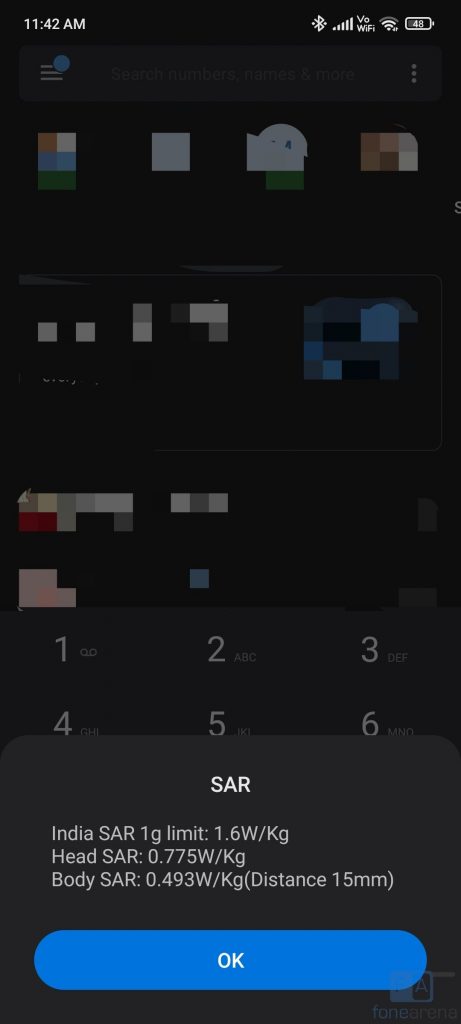
The Xiaomi 11 Pro’s HyperCharge’s body SAR is 0.493/Kg (Distance 15mm) and head SAR is at 0.775/Kg, which is well under the limit of 1.6 W/kg (over 1 g) in India.
Performance and Benchmarks
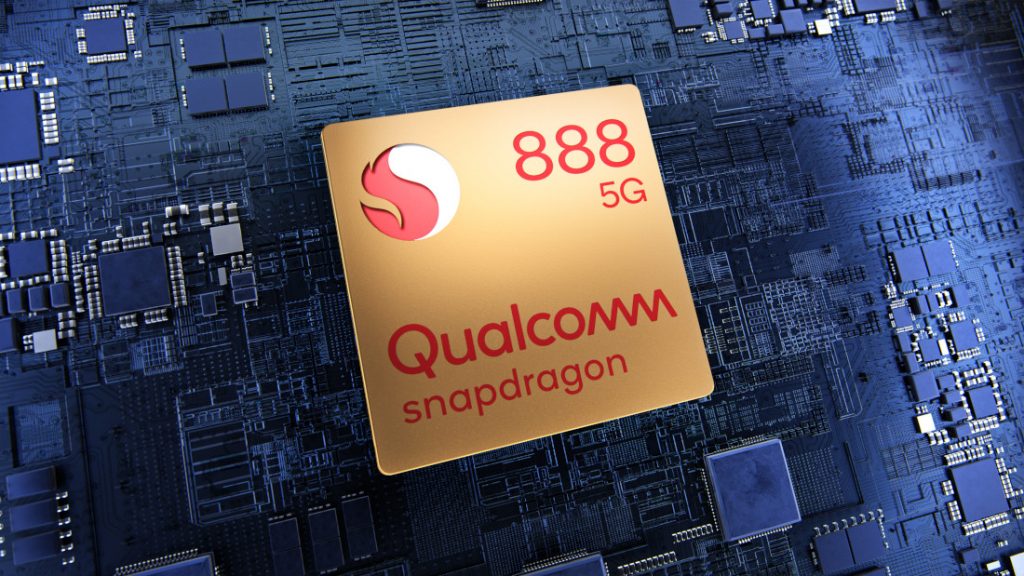
This is one of the few phones in the price range to be powered by Snapdragon 888 5nm Mobile Platform that uses Qualcomm Kryo 680 CPUs. It has 1 x Kryo 680 Prime CPU (Arm Cortex-X1-based) at up to 2.84GHz, 3 x Kryo 680 Performance CPUs (A78-based) at up to 2.42GHz, 4x Kryo 680 Efficiency CPUs (A55-based) at up to 1.80GHz.
The Adreno 660 GPU offers a smooth gaming performance even in graphic intensive games, but the phone gets too hot during gaming, even thought the phone has VC liquid cooling. This is common in Snapdragon 888 powered smartphones. We did not face any issues or frame drops in the graphic-intensive games like COD, BGMI and Genshin Impact. However, it reached maximum 45º in our testing indoors in Wi-Fi, but this might vary outdoors in 4G. That said, check out some synthetic benchmark scores below.
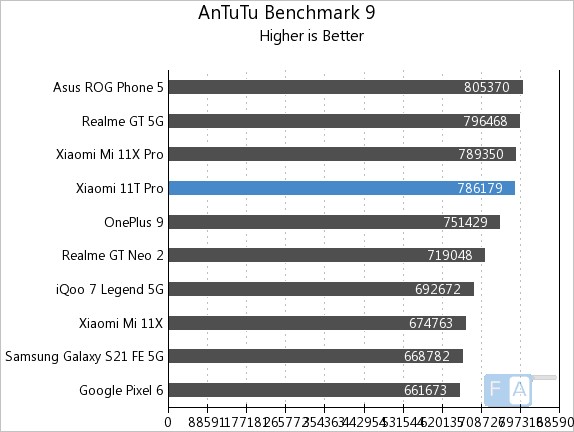
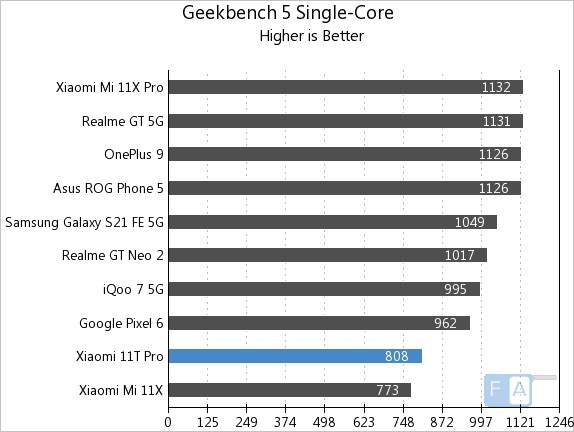
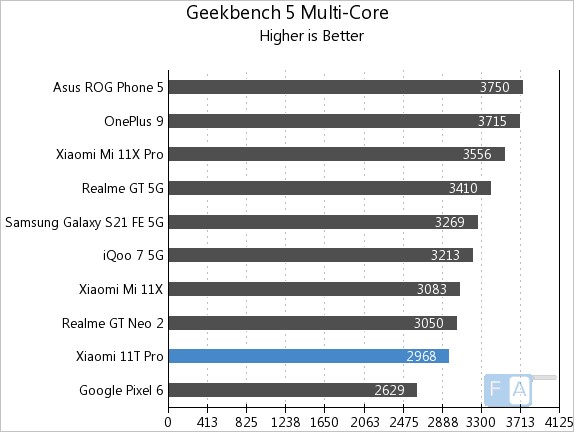
As you can see from the benchmarks, it is on par with Snapdragon 888 in the AnTuTu benchmark, but the Geekbench benchmarks were low for some reason.
Battery life
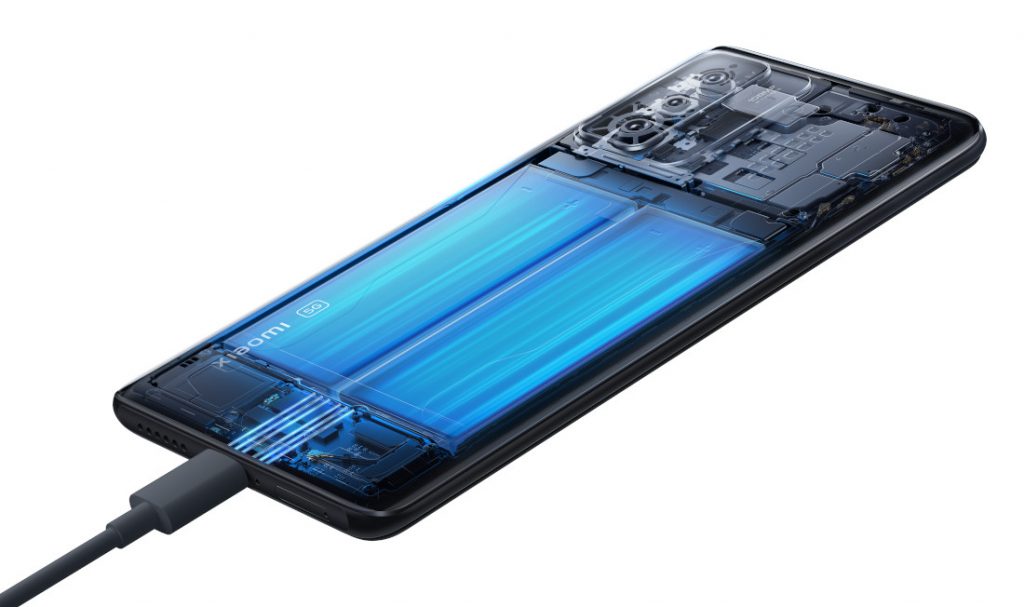
Coming to the battery life, the phone has a 5000mAh (typical) built-in dual-cell battery lasts for more than a day even with heavy use, and with average use it lasts easily for 3 days, thanks to optimization in the MIUI 12, but it can be aggressive at times. I forgot to add Nike running app to battery exception, when it was in balanced mode, it automatically closed the app when it saw the app using more battery when it was running in the background during my run. I got over 4 hours of screen on time with over a day of use in 120Hz refresh rate which is decent, but the Snapdragon 888 is more powerful, so it drains the battery quickly.
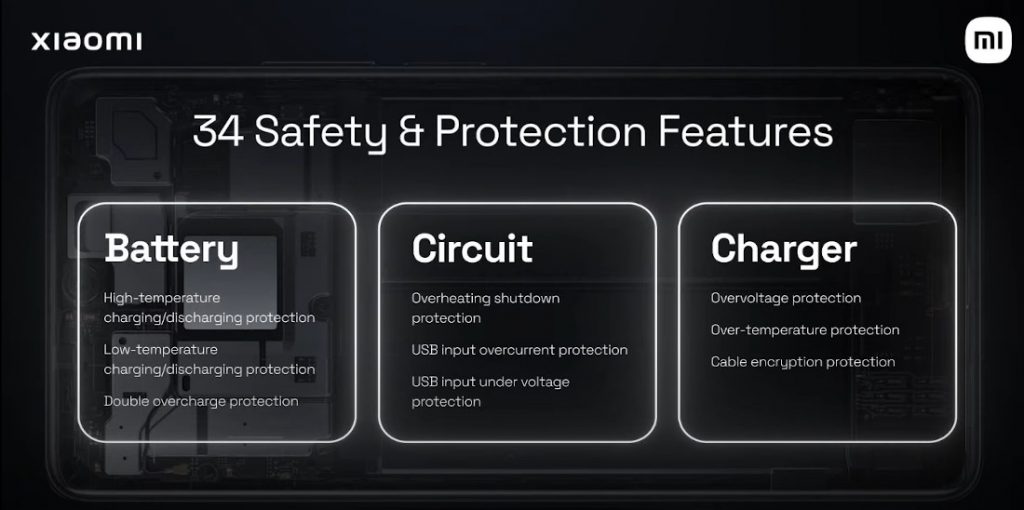
This is the second phone in India with support for 120W fast charging after the Xiaomi 11i Hyperchaqrge and also comes with 120W charger in the box. It uses graphene, dual charge pump, Mi-FC technology, MTW technology to achieve 100% charge in just 17 minutes.
The company says that the Xiaomi 11T Pro retains up to 80% battery capacity even after 800 charge or discharge cycles. It added that it has gone through 34 safety checks, has TUV Rheinland Safe Fast-Charge system certification, double overcharge protection and 9 real-time temperature monitoring system.
This doesn’t have a ‘Boost Charging Speed’ option in the battery settings, like the Xiaomi 11i HyperCharge. 0 to 100% charge takes about 23 minutes. I even tried the 67W charger to charge the smartphone, which took about 45 minutes to charge from 0 to 100% and 15 minutes for 0 to 50%, which is still good.
Conclusion
At a starting price of Rs. 39,999, the Xiaomi 11T Pro is a good upgrade to last year’s Mi 10T Pro since this comes with a 120Hz AMOLED screen, better camera and 120W fast charging with bundled fast charger in the box. The Dimensity 888 SoC offers a good performance and gaming performance, but it heats up quickly. The company could have added OIS, and offered a better ultra-wide camera for a better camera experience. Despite all the things, it is still a good buy for the price.
Alternatives
The OnePlus 9RT is a direct competitor that didn’t heat up that much during our test, and has OIS. iQOO 7 Legend is also a good option. I could also recommend the Galaxy S21 FE, but it is costly.
Availability
The Xiaomi 11T Pro is priced at Rs. 39,999 for the 8GB + 128GB, Rs. 41,999 for the 8GB + 256GB and the top-end 12GB + 256GB version costs Rs. 43,999. It will be available from Amazon.in, Mi.com, Mi Home stores and retail stores. There is also a Citi card offer that lets you get Rs. 5000 cashback
Pros
- 120Hz AMOLED display with Dolby Vision is brilliant
- Smooth performance and good gaming performance
- Stereo speakers with Dolby Atmos
- Primary camera is good
- Good battery life with 120W in-box charger
Cons
- Heats up quickly when gaming
- No OIS, Ultra-wide is average



